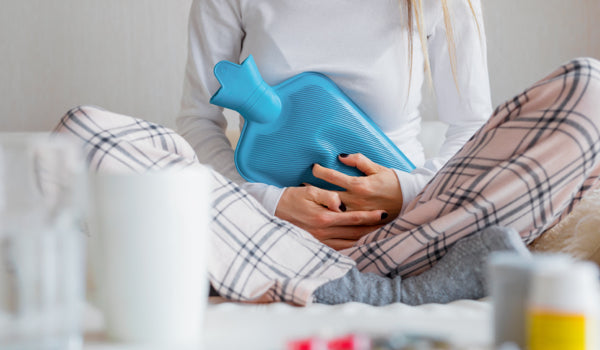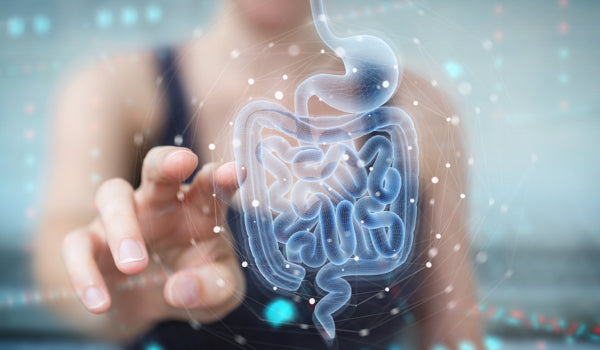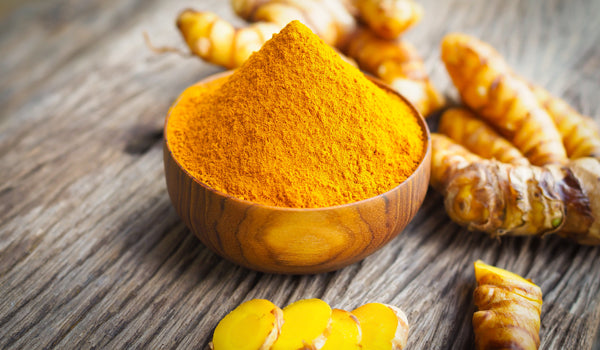How to manage period pain
Published on 08 Apr 2021

It’s “that time of the month”, and it’s setting in - that familiar, debilitating ache in the lower belly and back that has the power to ruin an entire day (or week). Normally, we curl up in bed and reach for whatever painkillers we can find to dull the pain. It’s a quick fix, and nothing close to a cure - because, after all, we assume there isn’t one.
First, however, it’s important to understand what period pains really are, and what’s happening to our bodies when we experience them.
Cramps, and where they come from
As you might already know, a menstrual period is the shedding of the uterine lining from the uterus. During this process, the uterus contracts in order to expel its lining. While for some women the sensation this causes is simply a little uncomfortable, for others the pain can be extremely severe.
This is because of a hormone-like substance called prostaglandins, which is related to pain and inflammation, working to trigger uterine contractions. People with higher levels of prostaglandins experience more pain during their period.
Certain conditions can lead to more severe pain and cramps during periods, including:
- Endometriosis
- Uterine fibroids
- Adenomyosis
- Pelvic inflammatory disease
- PMS
Because prostaglandins controls processes such as inflammation and blood flow, period pain can essentially be reduced by managing inflammation in the body.
Here are some tips for managing period pain:
- Staying hydrated: A symptom that’s related to period pain is bloating, and drinking lots of water can help with that. If it’s hot or warm water, even better! Warm water can help increase blood flow and relax your muscles.
- Don’t overindulge: While a bad period can make you feel tempted to dig into sugary treats and junk food, try to say no to yourself. Foods high in sugar, salt and trans fats can increase inflammation in the body.
- Try warm compresses: A heating pad, a hot shower or a warm bath can help soothe and relax your muscles.
- Do some light exercise: While the thought of exerting yourself in any way might seem counterintuitive during a bad bout of period pain, some light stretching and gentle exercise, such as a relaxing walk or yoga, can help release endorphins - the chemical in brains that make us feel good.
- Look out for natural anti-inflammatories: Herbal teas that include ingredients such as ginger, peppermint, or chamomile, along with anti-inflammatory foods such as berries, leafy greens, almonds, and fatty seafood.
The key to reducing period pains is reducing inflammation in the body. While certain OTC medications can help with dulling the pain temporarily, they can also cause other unnecessary side effects, and tax your body even further. The most holistic route is to find a way to gradually reduce your body’s inflammatory response over time using natural methods.
Pureveda’s Tru Relief harnesses nature’s most powerful anti-inflammatories: black pepper and turmeric, in order to provide a pain management solution that is wholesome, natural, and holistic. It enables you to make your body stronger and healthier overall, rather than simply reacting to pain when it occurs without fixing the larger problem.
To know more about Tru Relief, visit this page.





